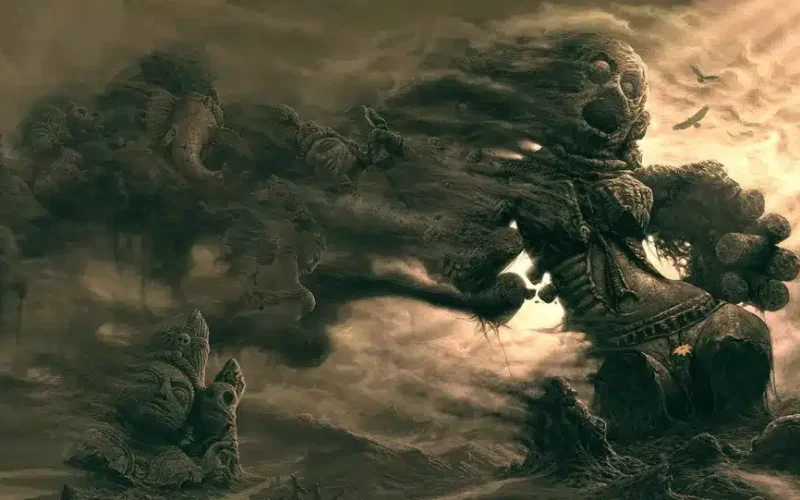When you hear the word surrealism, you can picture melting cloaks or a man with an apple for a face. Surrealism focuses on using imagery that causes a person to question their perception of what they are seeing, hearing, and sensing. It was an art movement that rose after World War I, but its influence can be traced back as early as 1818, with the German philosopher Karl Marx. Today, we can experience this style and technique in films, especially in the horror genre.
The Revolution of Surrealist Cinema
1928 introduced the first surrealist film on the silver screen, called The Seashell and the Clergyman by Germaine Dulac. The film influenced future filmmakers to use techniques such as superimposing, montaging, and unsettling imagery. The methods to create surrealism broke traditional storytelling down into something more objective for the audiences to digest. Since then, the following decades have birthed a variety of surreal films, such as The Blood of a Poet, Dreams That Money Can Buy, Carnival of Souls, and Eraserhead.
Surrealism in Horror Movies
Surrealist filmmakers gained a quick pass into the audience’s psyche because of how the viewers process and interpret the imagery. Germaine is not only acclaimed as the first surrealist filmmaker, but also the first surrealist horror filmmaker. The disturbing tale of a man facing his inner desires that betray his faith and morals, while using unusual filming approaches, was a concoction for psychological horror.
You can slay monsters, fight madmen, or ward off creatures; however, surreal horror presents the culprits as a personal, enigmatic force of the unknown. It can be tangible, have a shape, be a sense, or an invisible being with surreal-saturated imagery becoming the entity’s soul. This is the driving force in horror surrealist films and movies.
Surreal horror has transformed with the decades as new creators fuel their films with new elements for suspense. Films such as Suspiria, Jacob’s Ladder, and Donnie Darko are a few examples of directors, writers, and actors growing and diversifying the elements of surrealism in the horror genre. We try to rationalize and understand to find comfort in what we consider to be the irrational and incomprehensible. It is when we can’t use logical explanations and instincts that surreal terror thrives and lingers in the recesses of the human mind.








